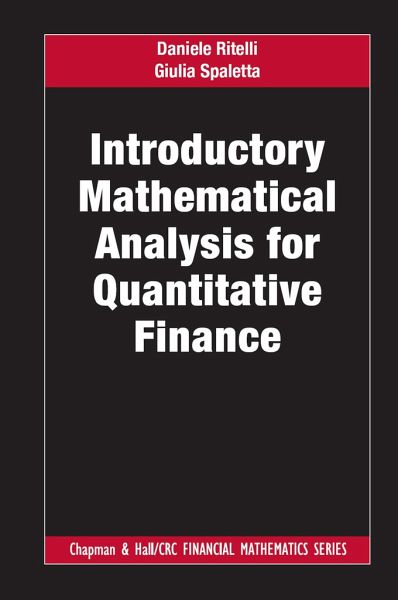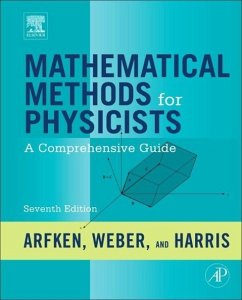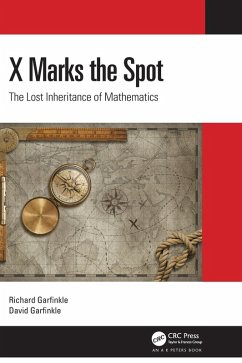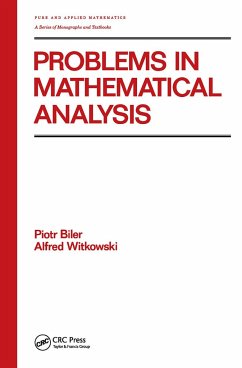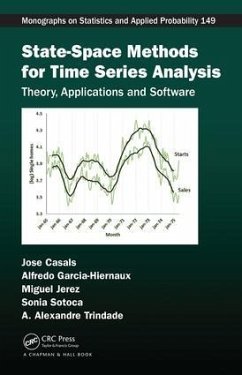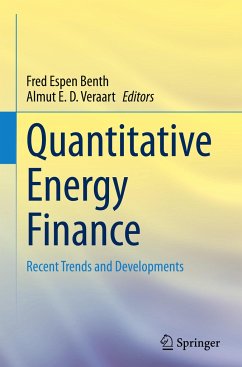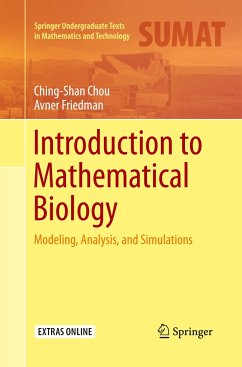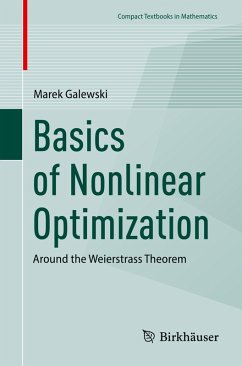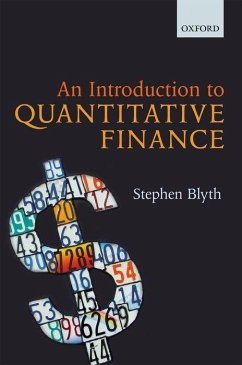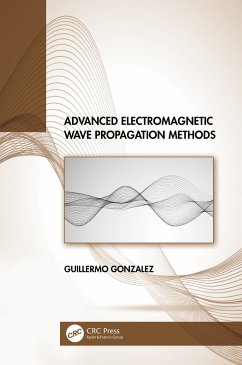Introductory Mathematical Analysis for Quantitative Finance
Versandkostenfrei!
Versandfertig in 1-2 Wochen
Weitere Ausgaben:

PAYBACK Punkte
77 °P sammeln!





This textbook is designed to enable students with little knowledge of mathematical analysis to engage with modern quantitative finance. The exposition of the topics is concise as chapters are intended to represent a preliminary contact with the mathematical concepts used in QF.
Daniele Ritelli is associate professor of mathematical analysis at the Department of Statistical Sciences of the University of Bologna, in Italy. He teaches ordinary and partial differential equations and special functions in various three-year and magister degree courses in statistics and finance. His research interests concern special functions, ordinary differential equations and pure and applied mathematics. Giulia Spaletta is associate professor of numerical analysis at the Department of Statistical Sciences of the University of Bologna, in Italy. She lectures in various three-year and master degree courses in computer science, statistics and economics. Her research interests include numerical error analysis in linear algebra and differential equations and numerical modeling in biomedical engineering.
Produktdetails
- Verlag: Chapman and Hall/CRC
- Seitenzahl: 322
- Erscheinungstermin: 15. April 2020
- Englisch
- Abmessung: 240mm x 161mm x 22mm
- Gewicht: 649g
- ISBN-13: 9780815372547
- ISBN-10: 081537254X
- Artikelnr.: 59415113
Herstellerkennzeichnung
Libri GmbH
Europaallee 1
36244 Bad Hersfeld
gpsr@libri.de
Introductory Mathematical Analysis for Quantitative Finance is one of those rare textbooks designed to introduce upper undergraduates or beginning graduate students in Economics and Management to the indispensable analytic tools needed for approaching the technicalities of Mathematical Finance. The text assumes a minimum level of knowledge in Advanced Calculus and Linear Algebra and leads the reader to the first notions of Measure Theory and Fourier transform to arrive at the solution of the Black Scholes equation. The book is very well written and is perfect for students studying Economics and Management.
-Vincenzo Vespri, Università degli Studi di Firenze
"This book will be an invaluable support to those approaching Quantitative Finance from a non-quantitative undergraduate path, such as Economics students. It allows students to have a rigorous focus on the main subjects commonly used in applied sciences and particularly in Quantitative Finance."
-Silvia Romagnoli, Università di Bologna
-Vincenzo Vespri, Università degli Studi di Firenze
"This book will be an invaluable support to those approaching Quantitative Finance from a non-quantitative undergraduate path, such as Economics students. It allows students to have a rigorous focus on the main subjects commonly used in applied sciences and particularly in Quantitative Finance."
-Silvia Romagnoli, Università di Bologna
Introductory Mathematical Analysis for Quantitative Finance is one of those rare textbooks designed to introduce upper undergraduates or beginning graduate students in Economics and Management to the indispensable analytic tools needed for approaching the technicalities of Mathematical Finance. The text assumes a minimum level of knowledge in Advanced Calculus and Linear Algebra and leads the reader to the first notions of Measure Theory and Fourier transform to arrive at the solution of the Black Scholes equation. The book is very well written and is perfect for students studying Economics and Management.
-Vincenzo Vespri, Università degli Studi di Firenze
"This book will be an invaluable support to those approaching Quantitative Finance from a non-quantitative undergraduate path, such as Economics students. It allows students to have a rigorous focus on the main subjects commonly used in applied sciences and particularly in Quantitative Finance."
-Silvia Romagnoli, Università di Bologna
Für dieses Produkt wurde noch keine Bewertung abgegeben. Wir würden uns sehr freuen, wenn du die erste Bewertung schreibst!
Eine Bewertung schreiben
Eine Bewertung schreiben
Andere Kunden interessierten sich für




